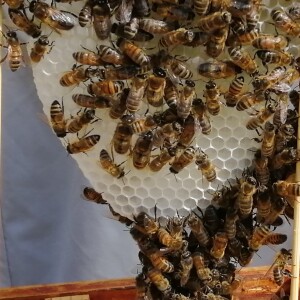Curved Space
There is a thing called the 'sunk cost fallacy', which can be summed up by imagining someone saying "We've spent so much on this already, we've got to go thorough with it". That's the fallacy: no you haven't got to. Sit down, forget about the cost so far, work out - as from today only - how much treasure and emotional capital you need to spend to achieve your objective, then decide if it's worth it. You can't change the past, only the future; make your decision on that basis
In January 2006, NASA launched a spacecraft on a mission called 'New Horizons', to visit the ex-planet Pluto and then the dark region beyond, called the Kuiper belt, where all kinds of junk left over from the formation of the solar system still orbits the sun. Pluto got its visit in 2015. Only now has NASA decided, I read, to stop funding the mission, despite some astonishing, unexpected discoveries from initial contact with Kuiper belt material. The budget for the mission is $10 million per year, the suggested cut will save "several million", which is a rounding error in the US economy
I bet someone in the meetings that decided this mentioned the sunk cost fallacy (they have spent getting on for $1 billion on it so far). That would be fine if the exploration of our bit of space was something we had a good understanding of, and could make a good estimate of what the benefits of the mission might be.
The truth is that we have already found surprising information about our origins from the bit of Kuiper belt material we have encountered so far; we have little idea what is there to find, and we have a spacecraft already there, set up for the job. The ongoing cost is less than trivial for a nation-state like US; it might be wasted, but the potential upside for increasing our knowledge is enormous. I hope the campaign by scientists to reverse this jobsworth decision is successful
Is this picture too much like yesterday? This is wild grass in our unkempt orchard, rather than a garden flower. One source of the pollen that has me sneezing and weeping. I can remember enough from an education 50 years ago to know that it is meadow foxtail, one of the earliest-flowering grasses, and the picture has all stages in that process, from not yet in flower, through purple-hued flowers to brown post-flowering husks. Mrs M said it looked beautiful, so I took a picture
The extra is because I promised bee pictures today. When it is first created, beeswax is this creamy white. Only when the bees overlay it with propolis, or when it encounters pollen, does it take on the more familiar yellow/faun colour. Perhaps a mathematician would disagree, but I see no evolutionary reason why the edge of the comb should follow such a pleasing, perfect curve or maintain such symmetry. I have no explanation; this is what they do


Comments
Sign in or get an account to comment.


